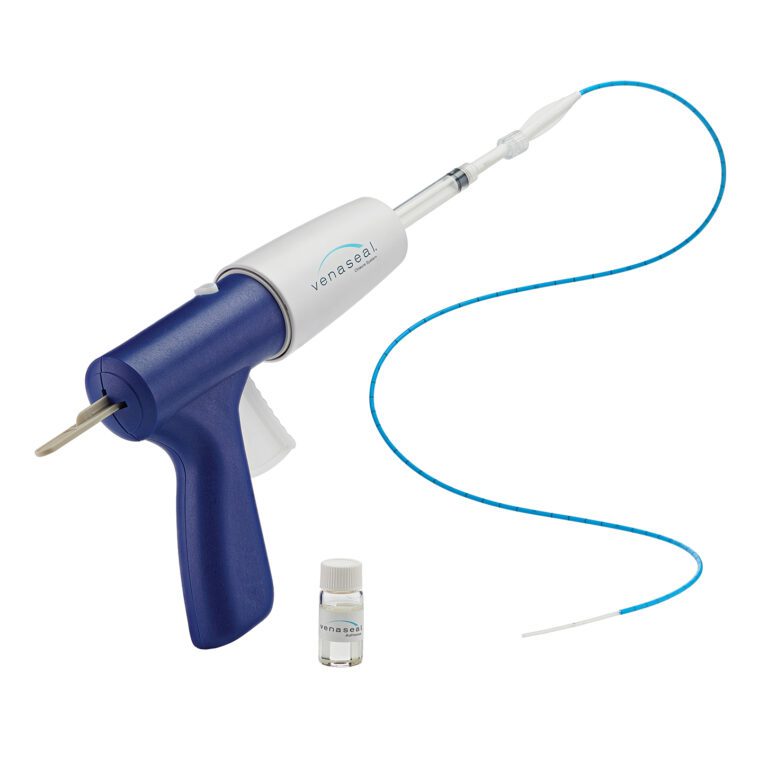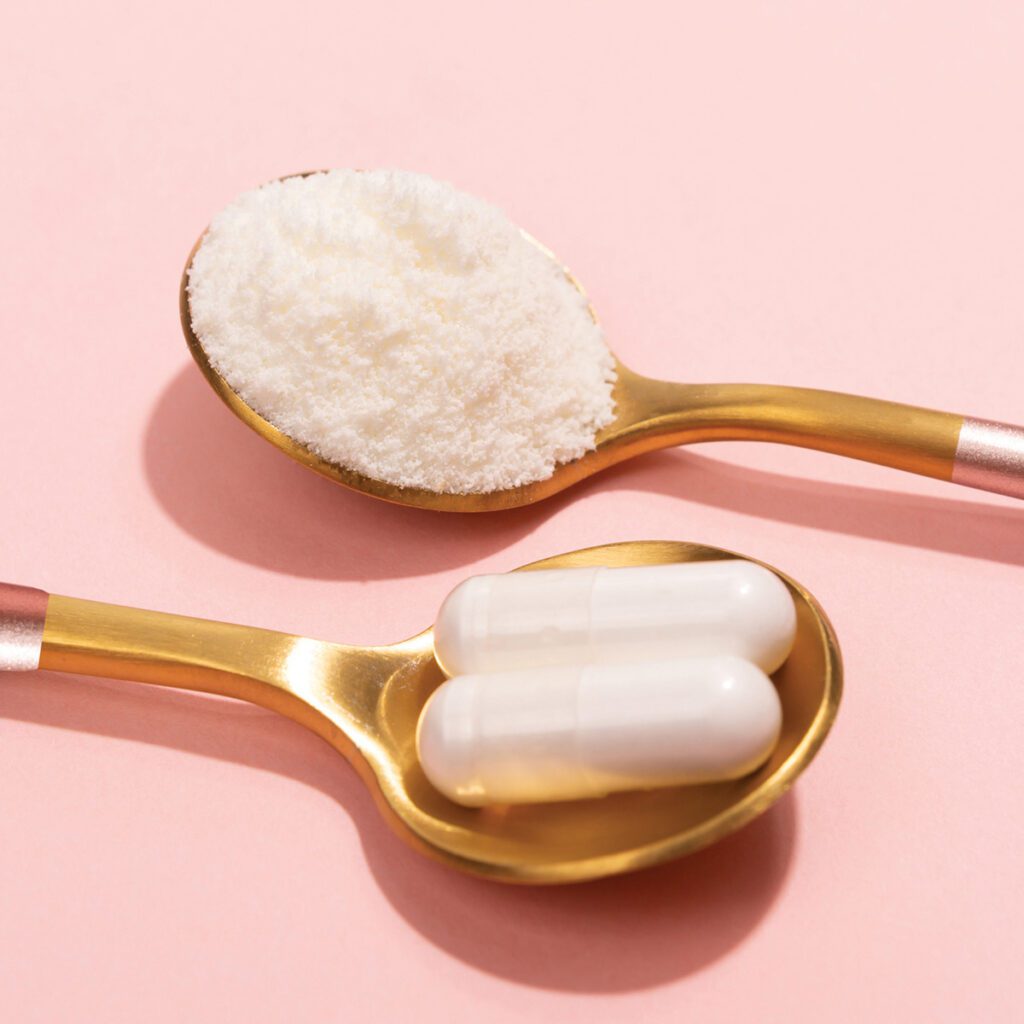For the 50% of Americans over 50 suffering from varicose veins, new treatment therapies are available.
Understanding Varicose Veins
Common in teachers, nurses, hairdressers, and others who spend the majority of their day standing, varicose veins often result in pain, itching, and discomfort. Those with a family history of varicose veins are also more susceptible. Caused by weak or damaged valves, varicose veins typically appear enlarged and twisted, and can be red, blue, or flesh colored. In healthy veins, valves serve as one-way flaps to deliver blood from the extremities to the heart. If the valve becomes weak, blood can seep backward and collect in the veins, which causes legs to swell.
New Solutions
Weakened or damaged valves can’t be repaired, so the only alternative is to reroute blood to healthy veins. Fortunately, advancements in medicine have made it possible to treat varicose veins using non-surgical techniques.

One approach, called foam sclerotherapy, involves injecting a foam solution into the damaged vein to encourage clotting and redirect the blood. Eventually, the treated vein will be absorbed into the surrounding tissue. This therapy is typically performed on patients with more advanced vein issues.
Another approach uses a “vein superglue,” known as VenaSeal, to completely close and harden damaged veins so the blood can reroute. This procedure tends to work better for more straightforward cases that don’t involve large and difficult to manage veins.
What to Expect from the Procedures
To begin either treatment, your doctor will apply local anesthesia to the entry site. From there, with the aid of ultrasound imaging, he or she will insert a small needle and wire into the damaged vein to deliver the foam or glue to the appropriate location. This process will be repeated as needed with other damaged veins.
The foam sclerotherapy treatment is quick. Patients may feel a bit of discomfort for a few weeks following the procedure, since the veins are inflamed. This should subside entirely after about three months.
The VenaSeal procedure can be done in 30 minutes, and patients can return to normal activities the day after treatment and do not require compression hose. Legs might ache slightly for a couple of weeks following the procedure.
Benefits to Patients
Varicose veins can be more than just painful – they can affect an individual’s quality of life. With less invasive therapy options like foam sclerotherapy and VenaSeal, people can restore function and return to the joys of life with less inactive time.





